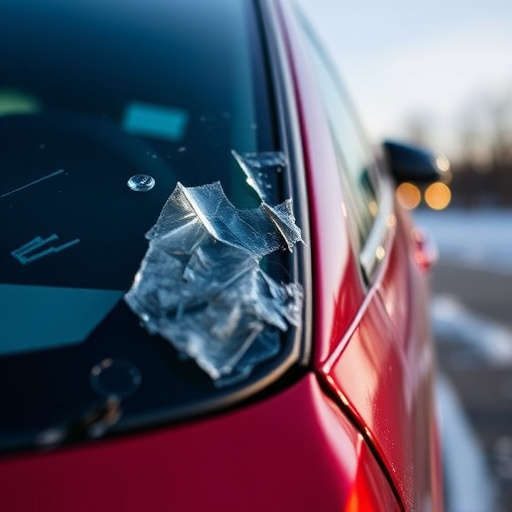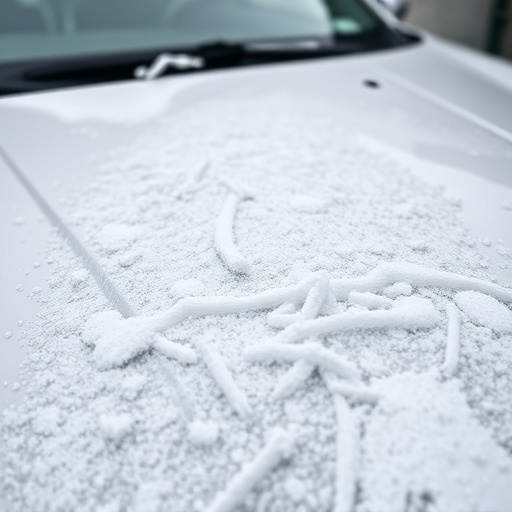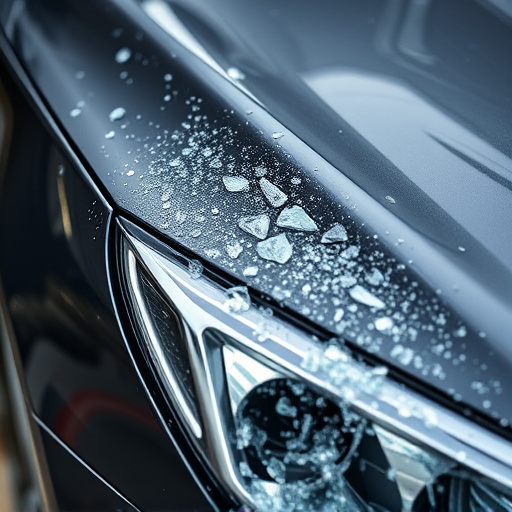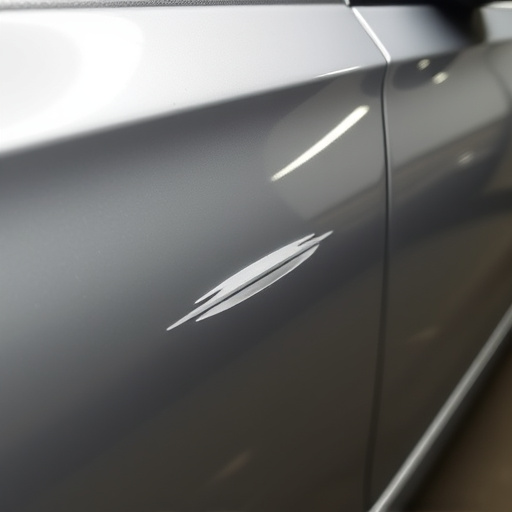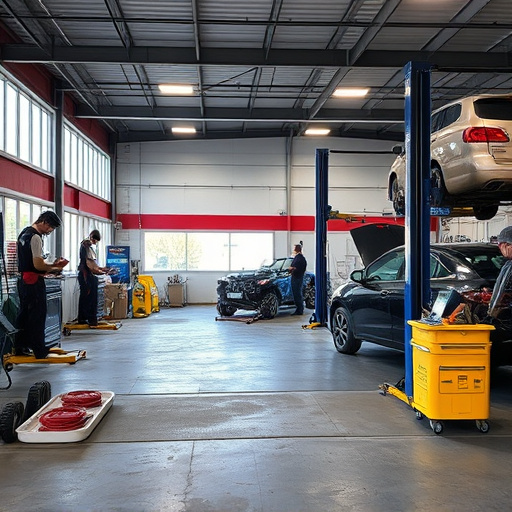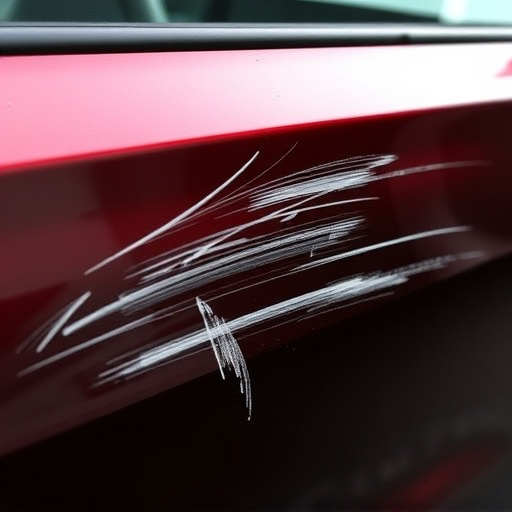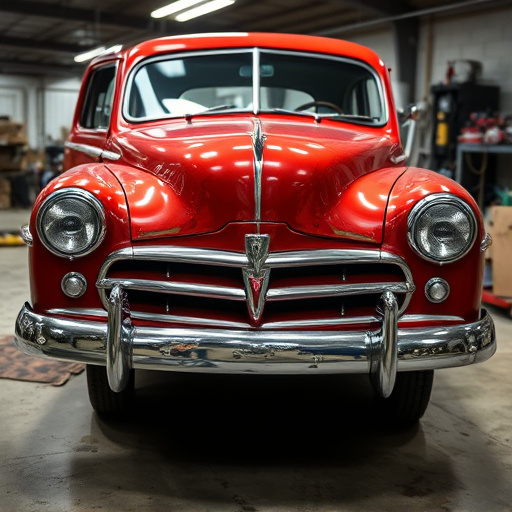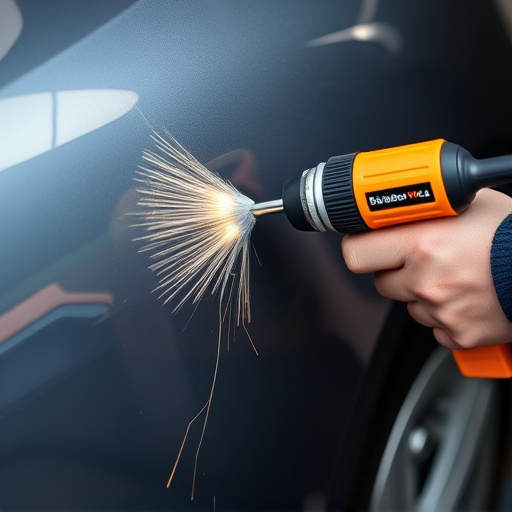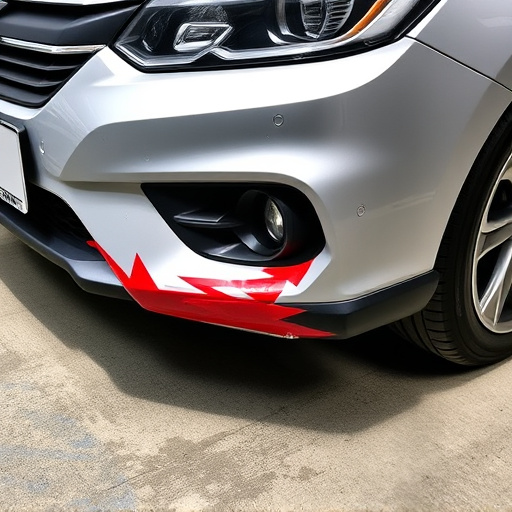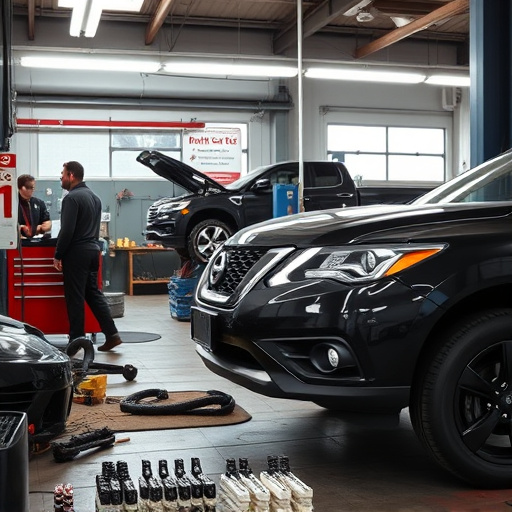Post-repair, inspect seats for loose parts, misalignments, and hidden damage, consulting professionals if unsure. Document repair process for reference and warranty claims. Consider professional seat restoration for damaged or worn seats, offering aesthetic revival and cost savings.
Experiencing seat issues after a repair can be frustrating. To ensure optimal comfort and safety, it’s crucial to follow specific steps. First, assess any damage caused by the collision or subsequent repair process. Documenting the condition of your seats before and after is key. If extensive damage persists, consider professional seat restoration. This specialized service can revive worn-out or damaged upholstery, providing a like-new appearance and feel.
- Assess Seat Damage Post-Repair
- Document Collision and Repair Process
- Explore Professional Seat Restoration
Assess Seat Damage Post-Repair

After a seat has been repaired, it’s crucial to thoroughly assess the damage that occurred post-repair. Look for any signs of improper installation or subpar craftsmanship, such as loose parts, misaligned components, or gaps in the seat frame. Mercedes Benz collision repair experts recommend inspecting every detail to ensure the seat is securely fastened and functions correctly.
Focus on identifying both visible and hidden damage. Cracks, tears, or discoloration in the upholstery might indicate poor repair techniques, while issues with the seat mechanism—such as difficulty adjusting or an unusual noise during use—could point to collision damage that hasn’t been adequately addressed. If you’re unsure about any aspect, consider consulting a trusted auto glass repair or collision repair services provider for a professional assessment.
Document Collision and Repair Process

When dealing with seat issues post-repair, it’s crucial to have a clear understanding of the collision and repair process. Documenting every step is essential for ensuring any future reference or warranty claims. Before beginning repairs, thoroughly assess the extent of the damage, whether from an accident, hail damage repair, or other incidents. This involves carefully examining the seat and its surrounding areas for any visible signs of collision damage.
During the actual car body repair, it’s vital to maintain meticulous records. Note down all parts that need replacement, the materials used in repairs, and any special techniques applied. These details can be invaluable if further adjustments or modifications are required down the line. Moreover, keep track of communication with auto repair services, including dates, discussions, and decisions made during the course of the seat repair process.
Explore Professional Seat Restoration
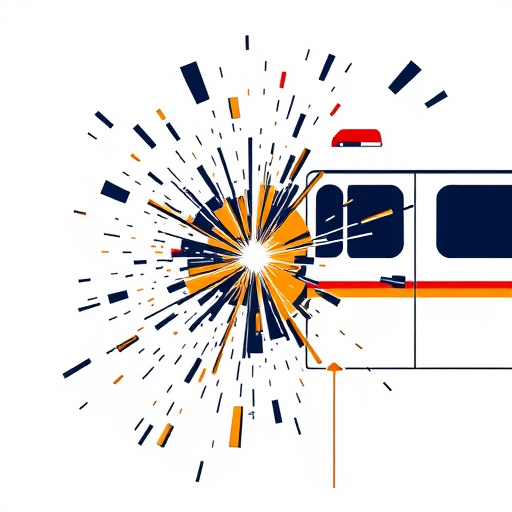
If your seats have sustained collision damage or are showing signs of wear and tear, exploring professional seat restoration could be a wise decision. Many specialized automotive restoration shops offer advanced techniques to revive and refurbish car interiors, ensuring they regain their original appeal and functionality. These experts can handle various issues, from minor tears and stains to major structural repairs, using modern tools and materials that match the vehicle’s make and model precisely.
Professional seat restoration provides several benefits. It not only enhances the aesthetic value of your car’s interior but also increases its resale value. Additionally, it offers a cost-effective solution compared to replacing the seats entirely, especially for classic or vintage vehicles where original parts might be hard to come by. Reputable automotive restoration services often provide comprehensive solutions, including car paint repair and vehicle repair services, ensuring your entire ride is restored to its former glory.
If you’ve experienced seat issues post-repair, it’s crucial to follow these steps. First, thoroughly assess the seat damage to understand the extent of the problem. Next, document the collision and repair process for future reference or insurance claims. Lastly, consider exploring professional seat restoration services to ensure your seats are restored to their original condition, addressing any hidden damage or structural weaknesses that do-it-yourself methods might miss.
